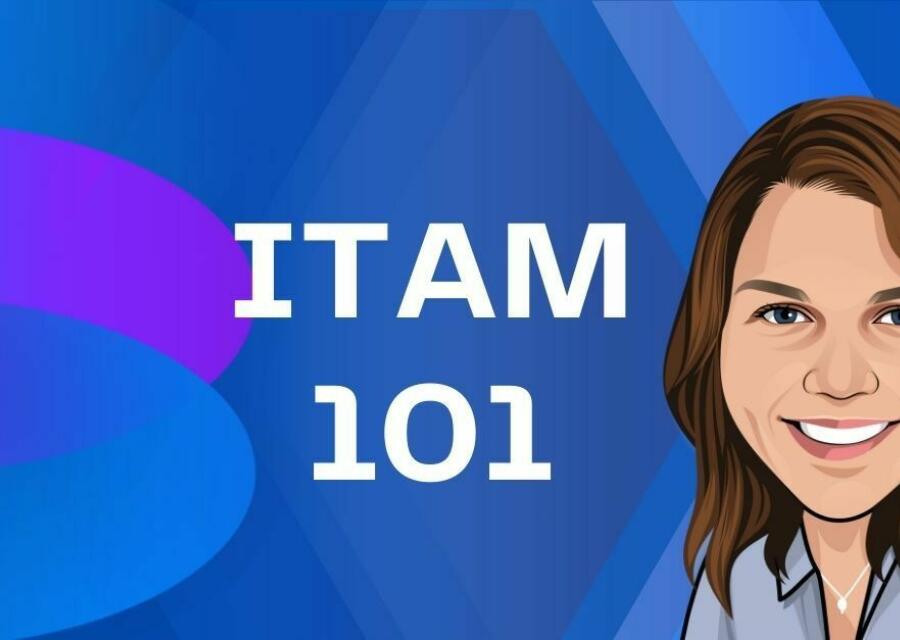ITAM 101
In the ever-evolving landscape of technology and business, managing your IT assets efficiently has become more crucial than ever. IT Asset Management (ITAM) is the strategic approach that organisations use to oversee, optimise, and track their IT resources throughout their lifecycle.
If you find yourself scratching your head over ITAM, fret not – we've got you covered. Let's dive into the world of ITAM and uncover why it's an indispensable aspect of an organisation’s IT approach.
What is ITAM?
At its core, IT Asset Management (ITAM) is a set of practices, policies, and processes that enable organisations to manage their IT assets systematically. This includes hardware, software, networks, and even data. The goal is to ensure that these assets are utilised efficiently, IT costs are optimised, and compliance with contractual agreements and regulations is maintained.
Why does ITAM exist?
ITAM exists to bring order to the chaos of IT environments of all sizes. By providing a comprehensive overview of assets, organisations can make strategic decisions about their IT investments, reduce a myriad of risks, and enhance their overall operational efficiency. It is the intersection of technology and business goals and affects every part of an overall strategy.
Hardware Asset Management vs. Software Asset Management
While both fall under the ITAM umbrella, there are key distinctions between hardware and software asset management:
- Hardware Asset Management (HAM): Focuses on the physical components of your IT infrastructure, such as computers, servers, and networking devices.
- Software Asset Management (SAM): Concentrates on managing software licenses, ensuring compliance, and optimising software usage.
Why should I care about ITAM for my business?
Here are the three top reasons why ITAM should be on the priority list of every organisation:
- Cost Optimisation: ITAM is crucial for identifying underutilised assets, avoiding unnecessary purchases, and negotiating better deals with software vendors.
- Risk Mitigation: By maintaining accurate records and ensuring compliance, ITAM minimises the risk of security breaches, contractual breaches, and operational disruptions.
- Improved Efficiency: Knowing what you have and how it's being used allows for better resource allocation, leading to increased productivity.
Common Challenges in ITAM
Embarking on an ITAM journey comes with its fair share of challenges:
- Lack of Visibility: Incomplete or inaccurate information about assets can hinder decision-making.
- Compliance Risks: Failing to adhere to licensing agreements and regulatory requirements can lead to costly legal consequences.
- Resource Constraints: Limited resources and budget can impede the implementation of robust ITAM practices.
What does 'good' look like for an immature ITAM practice?
For organisations in the early stages of adopting an ITAM strategy, 'good' might look like:
- Basic Asset Inventory: A foundational list of IT assets, both hardware and software.
- Initial Compliance: A baseline understanding of asset positions, and adherence to licensing agreements.
- Reactionary Processes: Informal procedures designed to react to challenges in asset tracking and management.
How do I boost my ITAM maturity?
To enhance ITAM maturity, organisations begin to look at these steps:
- Invest in Technology: Adopting ITAM tooling to automate and streamline processes.
- Establish Policies and Procedures: Development of and enforcing clear, consistent policies for asset management across the organisation.
- Employee Training: Ensure that teams are well-versed in who to consult in the organisation’s ITAM Practice to avoid the common challenges of ITAM.
How is ITAM similar or different from FinOps?
While both ITAM and FinOps (Finance and DevOps) focus on cost management, they have distinct purposes:
- ITAM: Primarily concerned with managing and optimising IT assets for efficiency and compliance.
- FinOps: Focuses on the financial aspects of cloud computing, ensuring cost-effectiveness and efficiency in cloud usage.
In essence, ITAM is about the broader management of all IT assets, whereas FinOps narrows its focus to the financial aspects of cloud resources.
In conclusion, understanding ITAM is a necessity for any business aiming to keep in control of their assets in a digital era. By embracing ITAM practices, organisations can navigate the complexities of IT assets, unlock cost savings, and ensure that technology aligns with their unique business objectives. So, whether someone is a seasoned IT professional or a business owner beginning to consider ITAM for a growing enterprise, remember – ITAM is not just about managing assets; it's about unlocking the full potential of IT investments.

